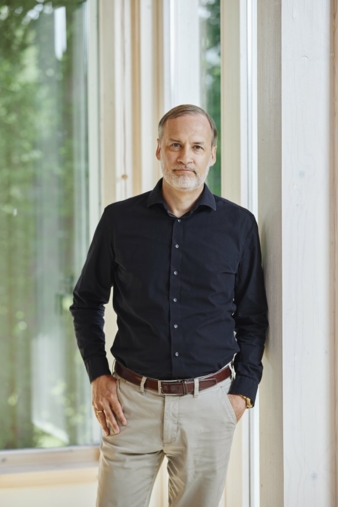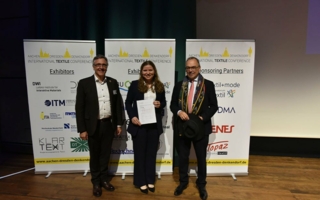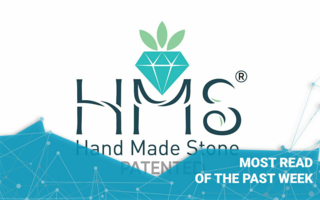19/02/2025 – Sustainable textile fibres
Kuura: Competitive greenhouse gas emission level
A recent life cycle assessment, conducted by Etteplan and reviewed by the RISE Research Institutes of Sweden, shows that compared to viscose, lyocell, and cotton fibre, large-scale production of Kuura would result in a clearly lower level of greenhouse gas emissions.
Metsä Spring, the innovation company of Metsä Group, has completed a new Life Cycle Assessment (LCA) of its Kuura textile fibre. To assess the environmental impact of a possible first commercial-scale mill producing Kuura, Metsä Spring asked Etteplan to conduct a study using the standard LCA methodology. The study results were critically reviewed by RISE Research Institutes of Sweden. Kuura’s production process is currently being tested and developed at a greenfield demo plant in Äänekoski, Finland. The demo plant’s nominal capacity is approximately one tonne per day.
The assessment shows that Kuura’s global warming potential (GWP100, fossil) score is less than one-third of the next best option, viscose. GWP is a term used to describe the relative potency, molecule for molecule, of a greenhouse gas, considering how long it remains active in the atmosphere. Kuura's GWP is only one-quarter of cotton fibre and over 80 percent lower than the impact of lyocell fibre.
Kuura produced from softwood kraft pulp
Contributing to Kuura’s success is the fact that it would, on an industrial scale, be produced and integrated into Metsä Group’s existing bioproduct mill, which does not use any fossil energy and is one of the most efficient pulp-producing mills globally. In practice, the bioproduct mill generates significant amounts of excess renewable energy (steam, electricity, etc.), which would be used to meet the energy demand of producing the Kuura textile fibre. Kuura is produced from softwood Kraft pulp, not from dissolving pulp, which is commonly used as raw material in the production of man-made cellulosic fibres such as lyocell and viscose fibres. The wood for pulp production would be procured from forests located close to the pulp and textile fibre mills.
Green Shirt Hot Button ranking for the 4th year in a row
Additionally to the LCA results, Kuura textile fibre has achieved good scores based on the Hot Button Ranking evaluation arranged by the Canadian not-for-profit environmental organisation Canopy. Kuura was awarded for the 4th consecutive year with a “Green Shirt” rating, the requirements of which are a risk-free, transparent supply chain, and traceable raw materials.
Itochu Textile Company, a part of Japanese trading giant Itochu Corporation, is one of the main partners in the Kuura project. With the collaboration, Kuura has already been utilised in creating fashionable and sustainable outfits like jackets, shirts, and work uniforms, as well as in cutting-edge artwork that promotes the future of novel fibres. Clothes that have used Kuura can already be found in selective brands’ online stores.
Details about the assessment:
The LCA was made by Etteplan according to ISO 14040:2006 and ISO 14044:2006 standards for LCA studies and the ISO 14067:2018 standard for carbon footprint studies applying a cradle-to-gate system boundary. The LCA study and comparison to alternative cellulosic fibres were critically reviewed by RISE Research Institutes of Sweden. No major cut-offs existed in the study. Inventory data of Kuura manufacturing was based on the newest available mass and energy balances for a possible 100,000 t/a commercial mill integrated into Metsä Group’s bioproduct mill in Äänekoski, Finland. The data used to assess the references was collected from well-known scientific sources.





